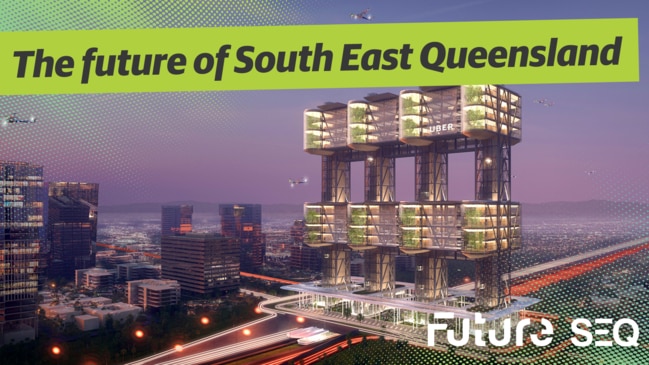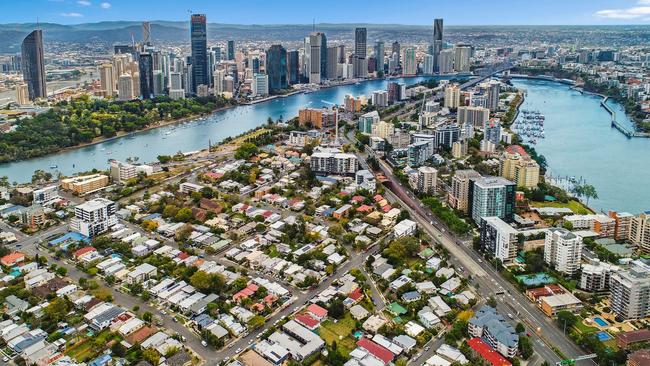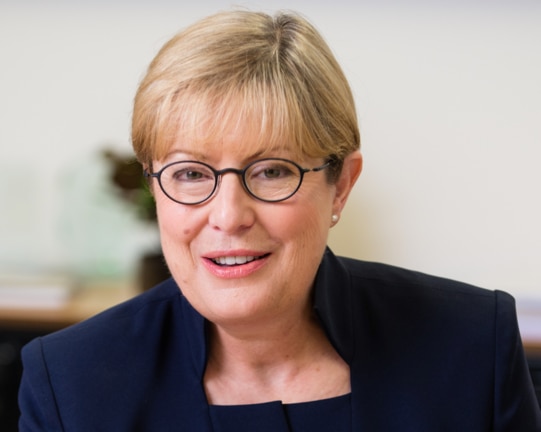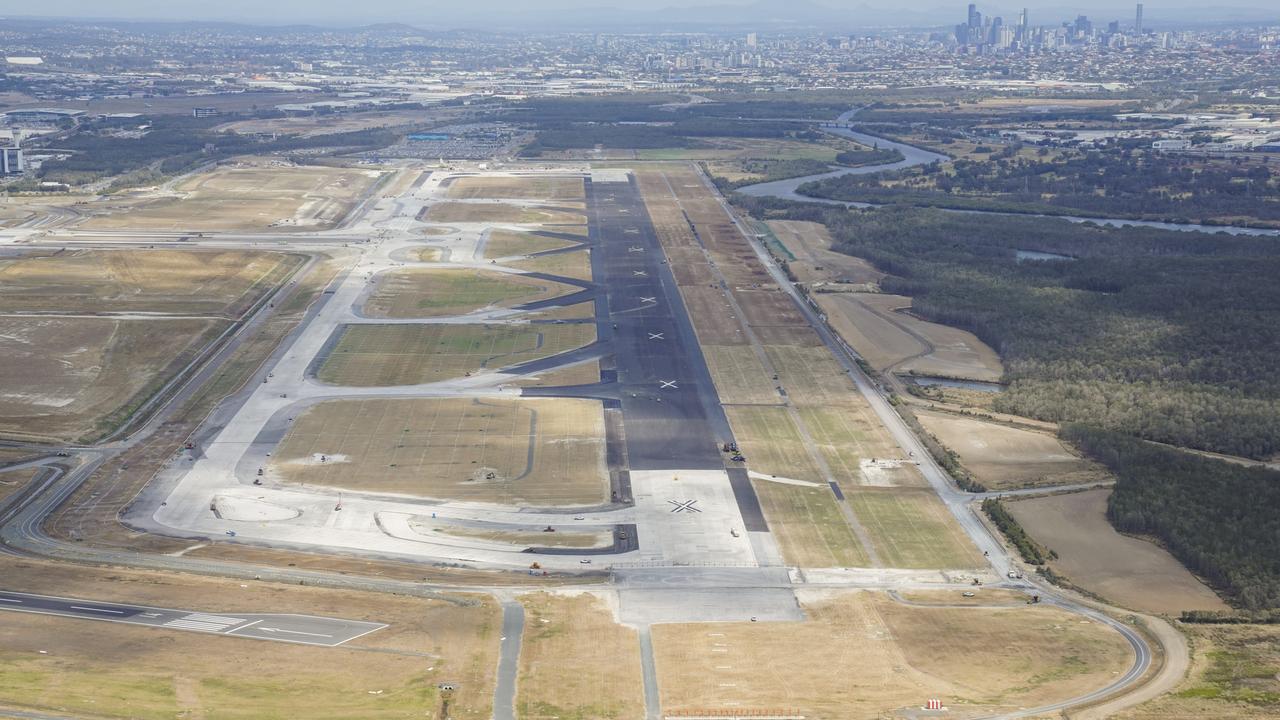Future SEQ: Growth’s great but we have to live here
QUEENSLAND’S population is expected to reach 7.3 million by 2036, with most of that growth to be concentrated around SEQ. To manage it correctly, we need to get one thing right from the get go.

Future QLD
Don't miss out on the headlines from Future QLD. Followed categories will be added to My News.
BUILDING liveable cities should be the keystone of any plan to capitalise on southeast Queensland’s future population growth.
Like much of the rest of Australia, Queensland’s population will grow significantly over coming decades, reaching 7.3 million by 2036.
Most of this growth will be concentrated around SEQ, with an additional two million people expected to call the region home by 2043.
Growth offers enormous opportunities for Queenslanders – but only if we engage in long-term planning to ensure Brisbane and employment hubs like the Sunshine Coast, Gold Coast, Ipswich and Toowoomba remain liveable as they grow.
$70B PLAN TO CUT COMMUTE TIMES
The rapid growth of the Gold Coast during the 1960s and 70s is a lasting example of accommodating growth while delivering a celebrated lifestyle.
While accommodating high density living, thanks to its beaches, transport connections and diverse housing, the Gold Coast has maintained its international reputation for liveability and remains one of the fastest-growing regions in the country.
The Gold Coast boom also highlights the economic opportunities growth brings. Traditionally a hub for trades, tourism and hospitality, it is now evolving to attract new, highly skilled and knowledge jobs to support a new phase of economic growth in the region.
While ‘liveability’ might sound like an abstract concept, it is simply about building cities with housing that is well-connected to jobs and other opportunities, and are safe, socially cohesive and environmentally sustainable.
A forthcoming paper from Infrastructure Australia has identified the greatest challenges to the liveability of Australia’s largest cities as access to diverse and affordable housing, public transport and green spaces.
WHAT SOUTHEAST QUEENSLAND WILL LOOK LIKE IN 2043
The paper will argue that as SEQ grows, the focus for governments at all levels must be creating liveable cities that maintain Queensland’s enviable quality of life and give communities a share in future prosperity.
As the Coast continues to grow and Brisbane stretches across the Logan and Beenleigh regions to meet it, we need to focus on those strategic investments that will set SEQ up for the future and provide value for taxpayers.
Investment in roads and public transport will be essential to support growth in the region.
This investment must be coordinated and integrated, to both address congestion and attract jobs and activity to established transport hubs.
IS IT TIME TO RENAME SOUTHEAST QUEENSLAND?

Beyond the personal costs of living in neighbourhoods characterised by congestion and constraint, there is a real economic cost to failing to properly plan for population growth.
Without action, the 2015 Australian Infrastructure Audit found that road congestion across Brisbane, the Gold Coast and the Sunshine Coast could cost the state’s economy $9.2 billion in 2031.
Reflecting the significance of this challenge, Infrastructure Australia’s Infrastructure Priority List highlights Brisbane to Gold Coast transport corridor upgrades as a national priority.
Also critical to accommodate growth is Brisbane Metro, which has also now been identified as a High Priority Project on the Priority List.
Brisbane has amongst the best bus networks in the country, however with growth there is a need for a step change in capacity.
Brisbane Metro will increase capacity on the network, removing key bottlenecks and supporting interchange between bus services and rail. This will reduce travel times from the outer suburbs by up to 10 minutes.
These kinds of targeted investments aimed at getting more from what we already have should be a continued focus for Southeast Queensland.
Important, but often overlooked when we think about infrastructure, is the role green and public spaces play in maintaining a city’s liveability.
As our cities grow and densify, more people will rely on shared green spaces like parks, and blue spaces like beaches, lakes and waterways.

As SEQ increases in density, we therefore need to make a concerted effort to plan for, appropriately use and protect these spaces.
At Infrastructure Australia, we acknowledge that governments, industry and the broader community have a crucial role to play informing decision-making as we prepare for growth.
That’s why, as Australia reaches the next major population milestone, it is important we can identify infrastructure gaps and the most pressing concerns in the short, medium and long-term.
In consultation with our colleagues in state and local government, Infrastructure Australia has commenced the 2019 Australian Infrastructure Audit and Infrastructure Priority List.
These documents will create a, cross-sectoral picture of our infrastructure challenges to help guide infrastructure decision making and reform.
The Audit will help identify the most pressing infrastructure gaps in our cities as well as our regions, and it will have a particular focus on outcomes for individual users.
It will provide an evidence base to help Australia’s governments accommodate growth and extract the most value out of existing infrastructure and make smart, strategic decisions about future investments.
It is inevitable that Southeast Queensland will grow and change significantly over coming decades. There are enormous opportunities for Southeast Queensland as the region grows, but only if we plan for it.
Julieanne Alroe is Chair of Infrastructure Australia


